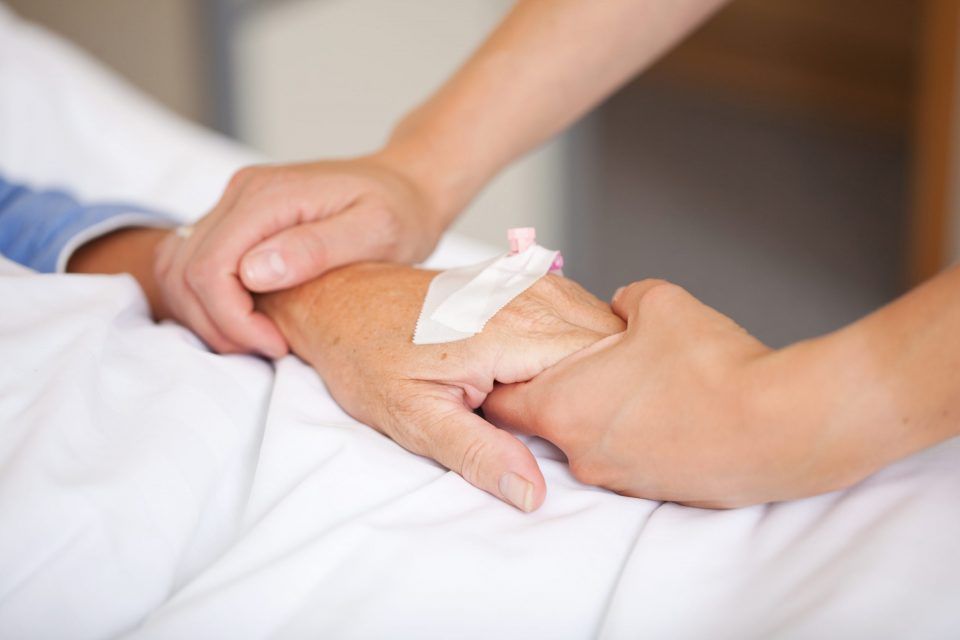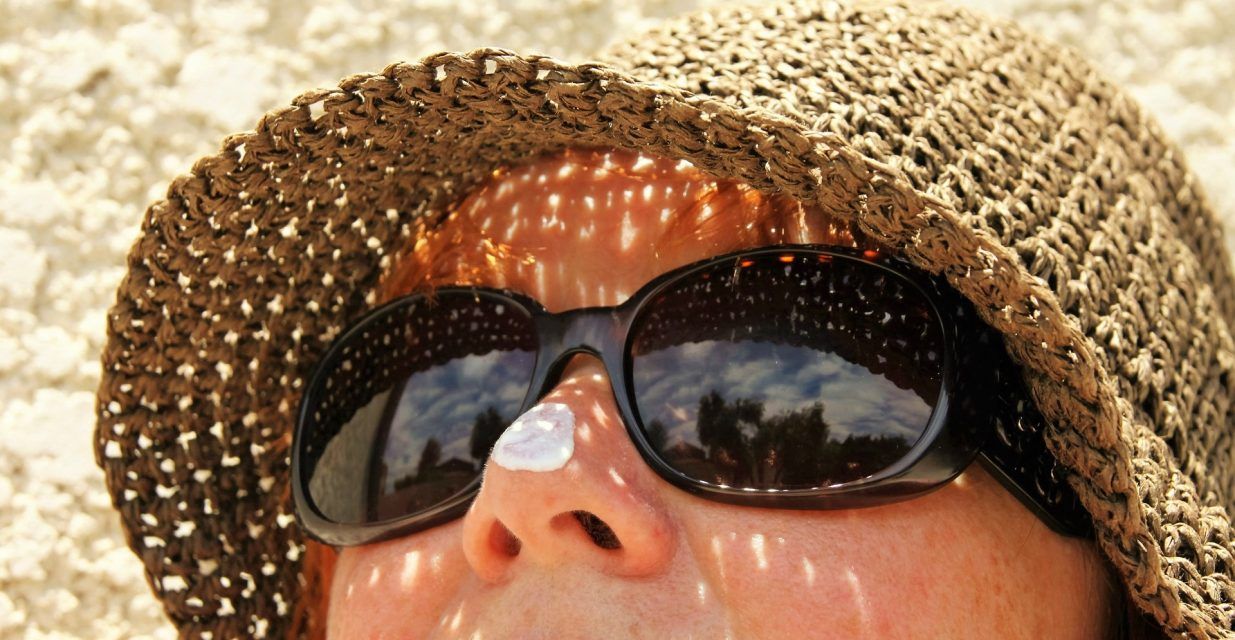twitch streamer tyler “ninja” blevins, who’s amassed 19 million followers on the platform after gaining popularity for his work on fortnite, recently revealed on x that he had a mole removed that turned out to be melanoma, with a second spot being biopsied. in the wake of his results, the high-status gamer sent out a public service announcement to “get skin checkups” because early detection is vital when it comes to cancer, especially melanoma. melanoma, the deadliest form of skin cancer, starts in the cells that give skin its hue, called melanocytes. it’s a fast-growing cancer, and once it develops, it can take as little as six weeks for it to become life-threatening.
like all other cancers, melanoma has the potential to spread, albeit faster than other skin cancers, but getting regular examinations and paying attention to skin changes can ensure that even if a person does get it, they have high survival odds.
staying on top of your skin health with the abcde guide
the best way to understand skin cancer is to know what changes to look for when examining moles or other skin spots. the abcde guide, developed by dermatologists at new york university langone medical center close to 40 years ago, was created as a way to help people identify abnormalities in their skin in a way that fosters early detection and a better overall prognosis.
 6 minute read
6 minute read

















